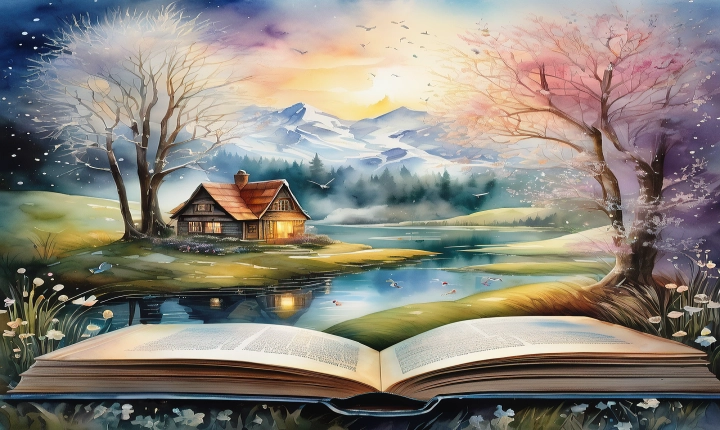Title: Exploring the Exciting World of AI Image Generators
In recent years, the field of artificial intelligence (AI) has made significant strides in the development of image generators that can create stunning and realistic images. These AI-powered systems have the ability to generate high-quality images from scratch, and they have a wide range of applications in various industries, including art, design, gaming, and film production.
One of the most prominent AI image generators is the Generative Adversarial Network (GAN), which was introduced by Ian Goodfellow and his colleagues in 2014. GANs work by pitting two neural networks against each other – a generator and a discriminator. The generator creates images, while the discriminator evaluates them for authenticity. Through this adversarial process, the generator learns to produce increasingly realistic images, while the discriminator becomes better at distinguishing real images from generated ones.
Another popular AI image generator is DeepDream, a computer vision program developed by Google that uses a convolutional neural network to generate psychedelic and surreal images. DeepDream works by enhancing patterns and features in existing images to create dreamlike and hallucinatory visuals. This technology has been embraced by artists and photographers for its ability to transform ordinary images into mesmerizing works of art.
StyleGAN, an extension of the GAN model, has also gained attention for its ability to generate high-resolution and photorealistic images. StyleGAN is capable of generating images in a wide range of artistic styles, making it suitable for applications in fashion, interior design, and advertising.
Additionally, AI image generators like DALL·E and CLIP have demonstrated the potential of AI in generating highly creative and conceptually rich images. DALL·E, developed by OpenAI, can generate images based on textual prompts, allowing users to describe a concept or idea and have it rendered as a visual image. Similarly, CLIP, also developed by OpenAI, can understand and interpret textual descriptions and generate corresponding images.
The applications of AI image generators are vast and diverse. In the field of design, these generators can be used to create concept art, digital illustrations, and visual effects for films and video games. In advertising and marketing, AI generators can aid in the creation of compelling visual content that resonates with target audiences. Furthermore, in scientific research, AI image generators have the potential to assist in data visualization, medical imaging, and material design.
As AI image generators continue to advance, it is crucial to consider the ethical implications and potential misuse of this technology, particularly in relation to the creation of fake or misleading images. However, with proper oversight and ethical guidelines, AI image generators have the potential to revolutionize the way we create and interact with visual content.
In conclusion, AI image generators represent an exciting frontier in the fields of art, design, and technology. These powerful tools have the potential to unlock new possibilities for creativity and innovation, and their continued development will undoubtedly shape the future of visual content creation.
